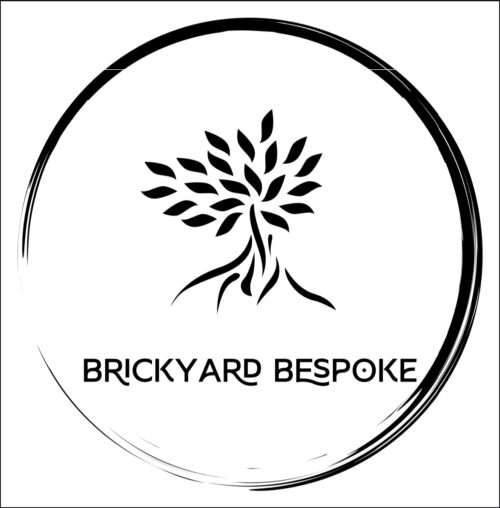Are you stuck between buying hardwood or softwood for your epoxy resin live edge table?
Epoxy tables have taken the world of interior design and DIY crafting by storm, captivating enthusiasts with their stunning blend of artistry and functionality.
If you’re considering crafting your own epoxy table, one fundamental choice you must make is the selection of the right wood.
In this blog post, we’ll explore the compelling reasons why hardwood is the top choice for epoxy table making.

Strength and Durability of Hardwood
Hardwood, as the name suggests, is known for its remarkable hardness and durability.
When it comes to creating a table that can withstand daily use and last for generations, hardwood is the go-to option.
It’s less prone to dents, scratches, and wear, ensuring that your epoxy table remains in pristine condition over time.
Hardwood vs Softwood Stability
Stability is a critical factor for epoxy table making.
When crafting a live edge table, the density of the wood will go a long way in determining how long it will last.
As harder wood is less susceptible to warping, twisting, or cupping due to changes in temperature and humidity, it is a far better choice than softwood.
This stability is essential, as epoxy is sensitive to environmental fluctuations, and using hardwood as your table’s foundation ensures a flat, level surface for your epoxy pour.
Resistance to Moisture and Decay
Having a natural resistance to moisture and decay is another advantage to ensuring longevity. It can withstand occasional spills and dampness without compromising its structural integrity.
This resistance is crucial when you’re working with epoxy resin, which can be affected by moisture content in the wood.
Ensure a higher resistance to moisture will keep your live edge table perfect for years to come.
Beautiful Grain and Figure
Hardwood boasts stunning grain patterns and figures that enhance the aesthetics of your epoxy table.
Each hardwood species offers unique visual characteristics, ranging from the bold, pronounced grain of oak to the subtle elegance of maple.
These natural features complement the translucent beauty of epoxy resin, resulting in a truly captivating tabletop.
Essential Equipment for Crafting Your Epoxy Resin and Live Edge Wood Coffee Table
Ease of Sanding and Finishing
Harder wood is much easier to deal with when it comes to sanding and finishing a table.
As the wood is much less prone to splintering and can better stand up to the hours of sanding required for a perfect table, it is a pleasure to use.
The ability to achieve a flawlessly smooth surface is essential for creating a visually appealing and glass-like epoxy finish.
Versatility in Design
Hardwood is incredibly versatile and adaptable to various design styles and shapes. Whether you’re crafting a live edge river table or a sleek, modern design, hardwood can be shaped and joined to match your creative vision.
It allows for intricate details, precise joinery, and custom designs that make your epoxy table truly unique.
Hardwood Longevity and Value
Investing in a hardwood epoxy table is an investment in both longevity and value.
These tables can last for generations with proper care and maintenance.
Moreover, hardwood furniture tends to appreciate in value over time, making it not only a functional piece but also a valuable asset.
Conclusion
When it comes to epoxy table making, the choice of wood is a critical decision that significantly impacts the quality, durability, aesthetics, and longevity of your creation.
Hardwood sets itself apart from softwood in every important aspect for live edge table making.
It’s the solid foundation upon which you can build a stunning piece of functional art that will undoubtedly become a centerpiece in your home or office.
So, if you’re ready to embark on your epoxy table-making journey, choose hardwood, and create a masterpiece that will stand the test of time.

